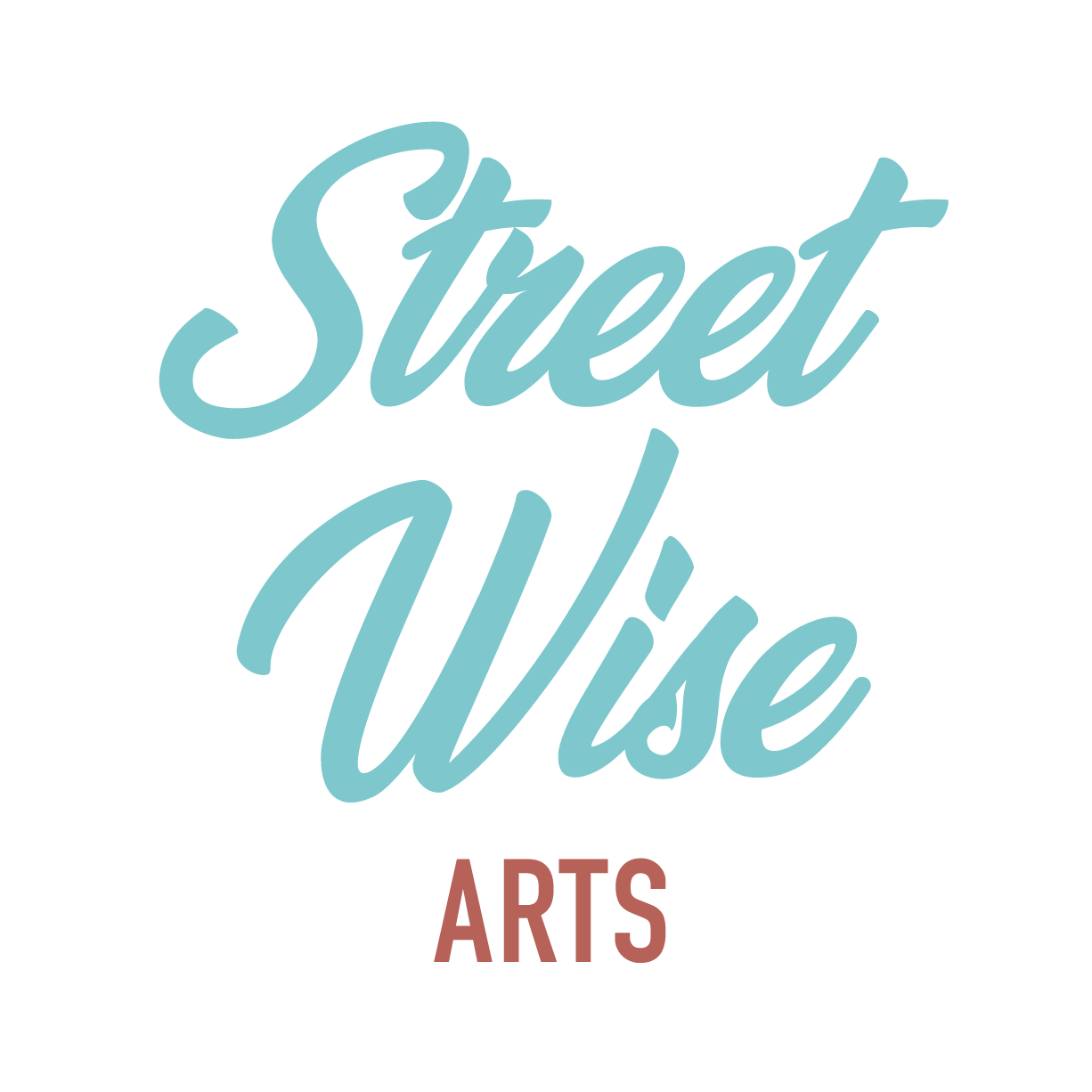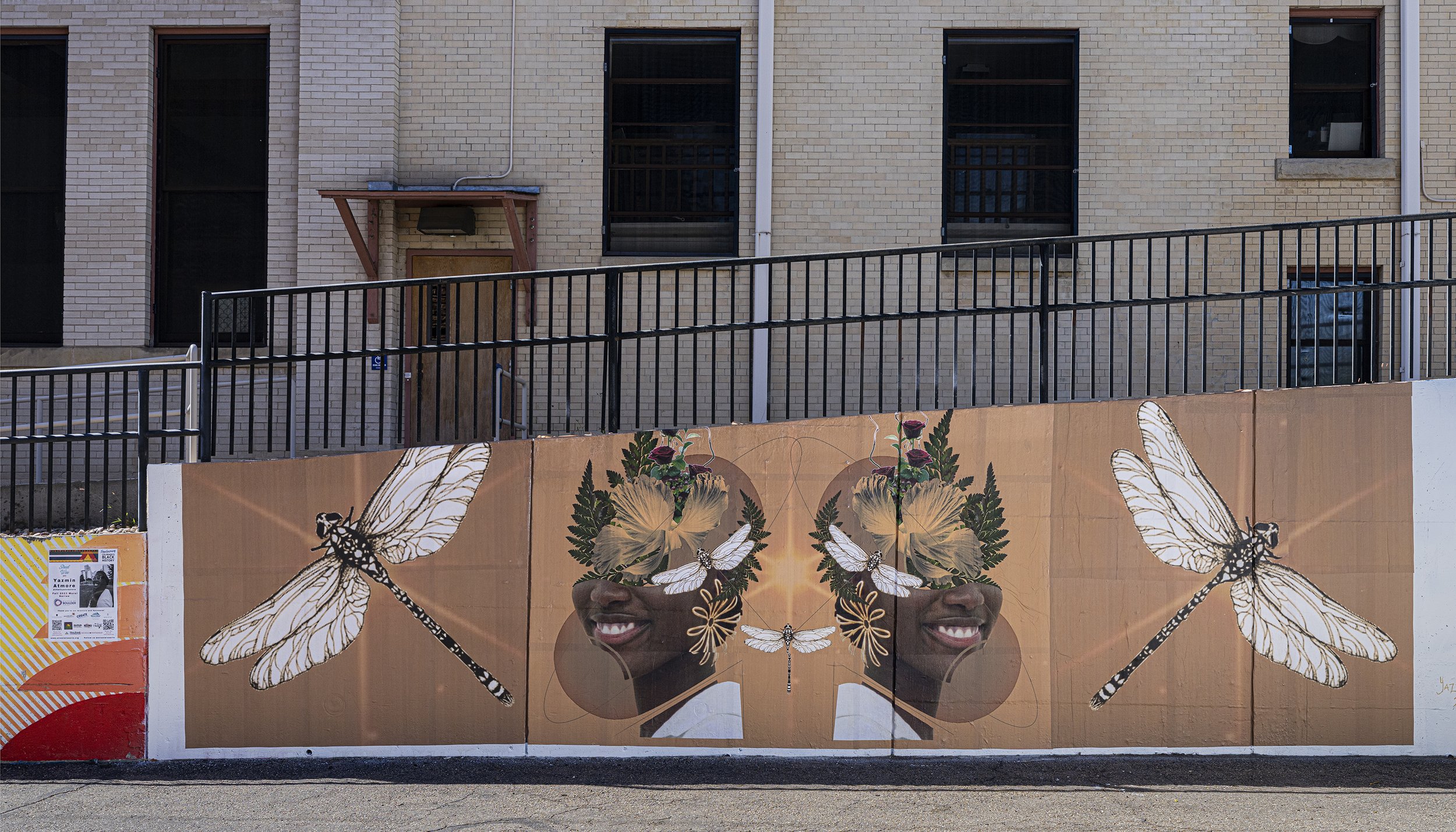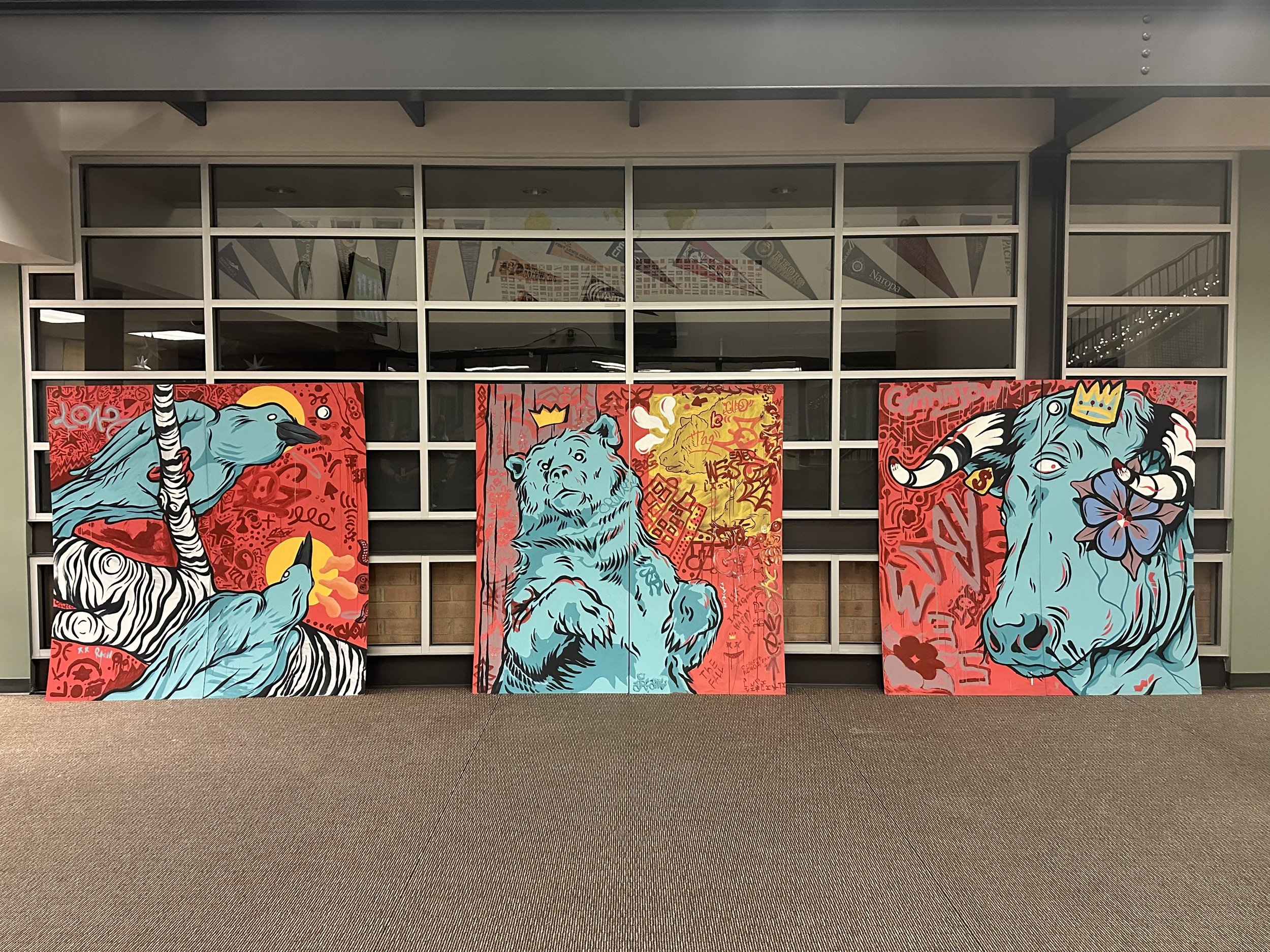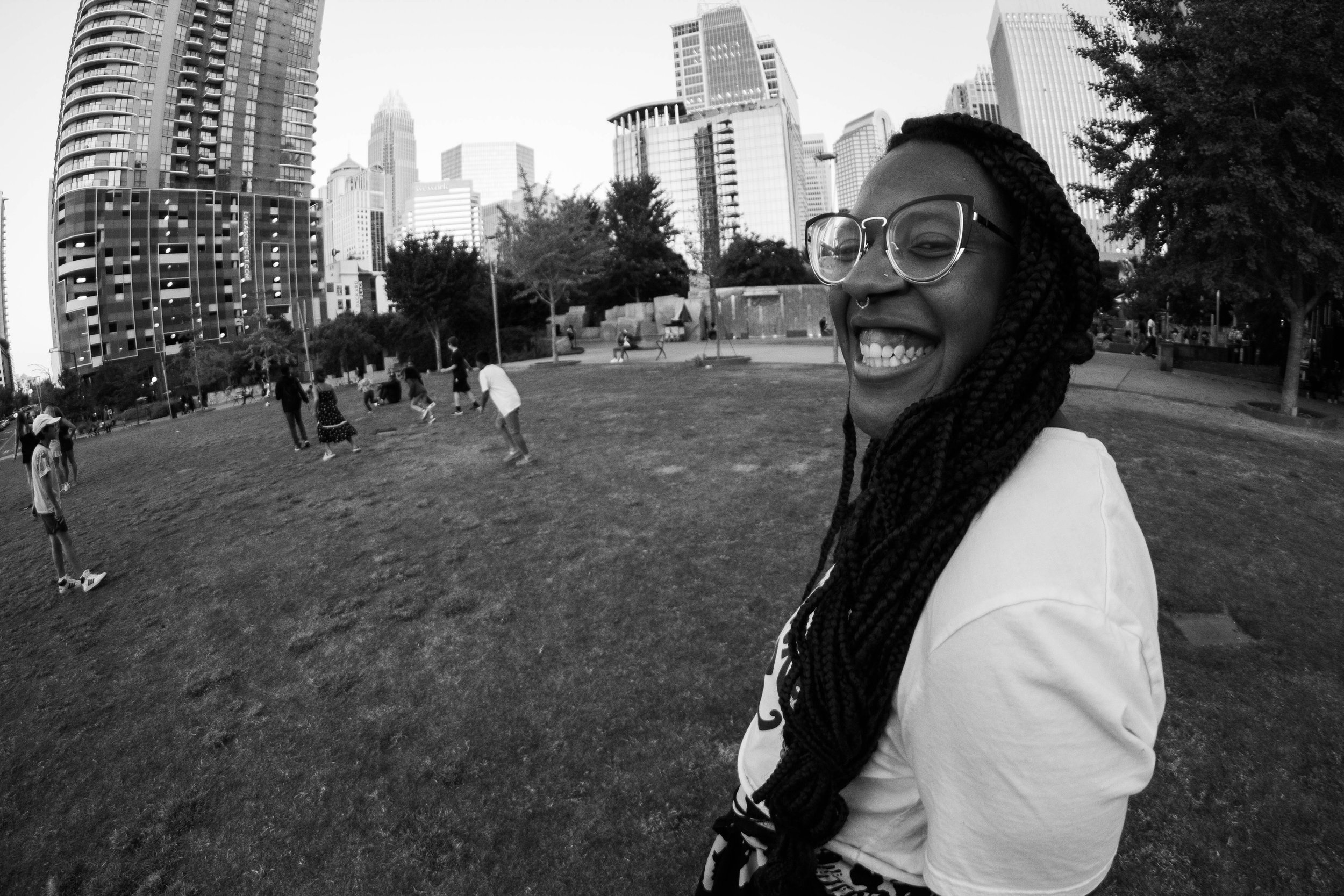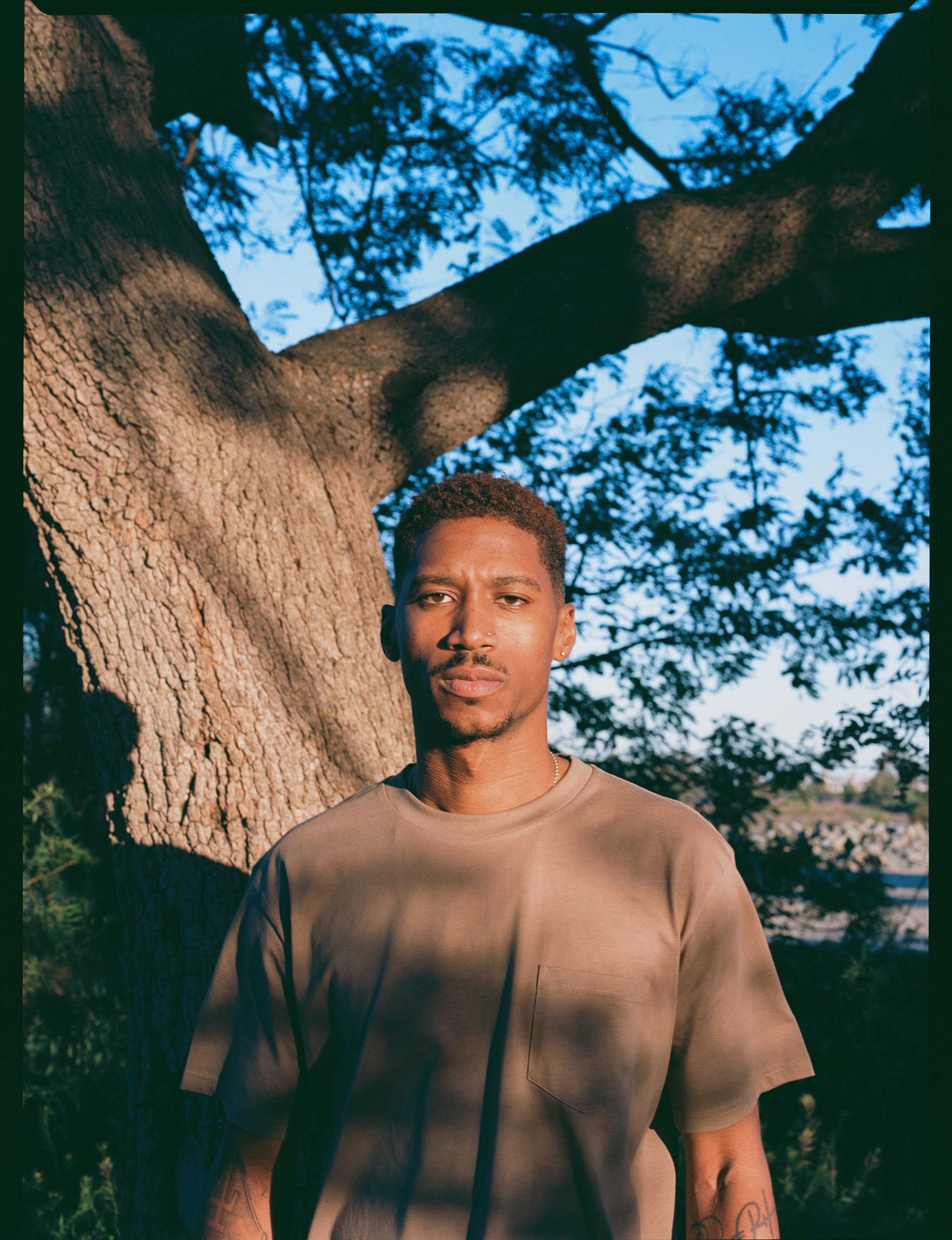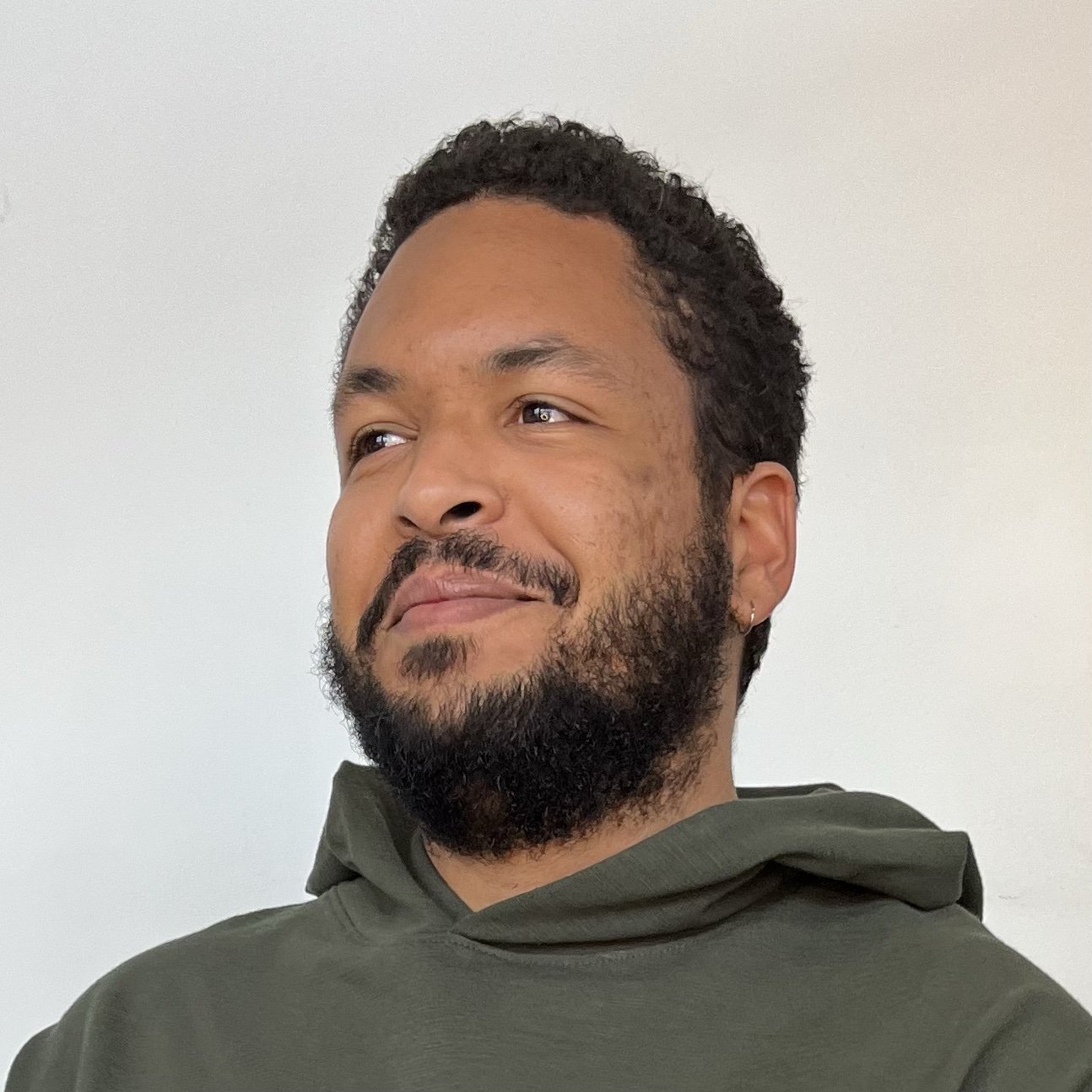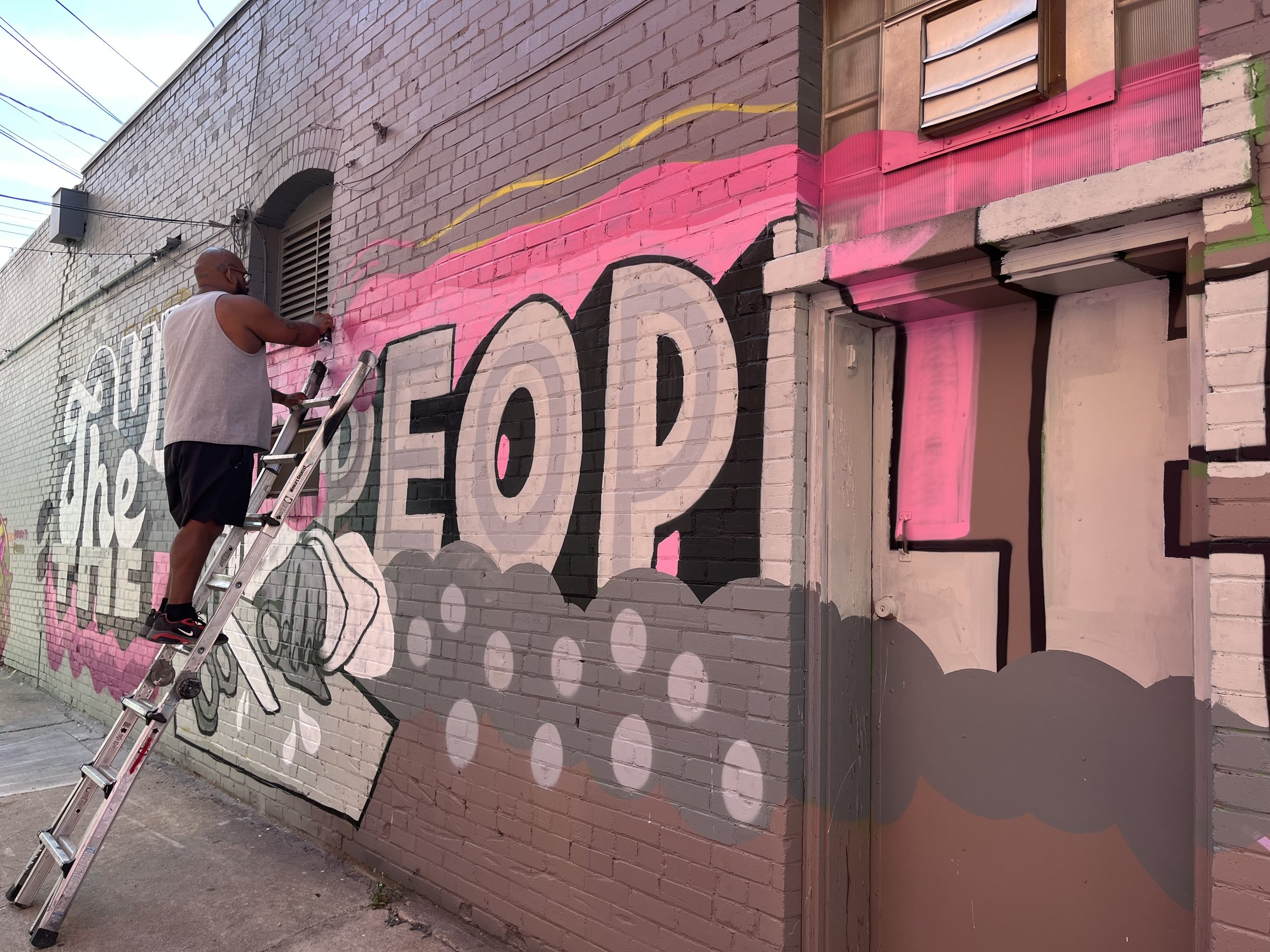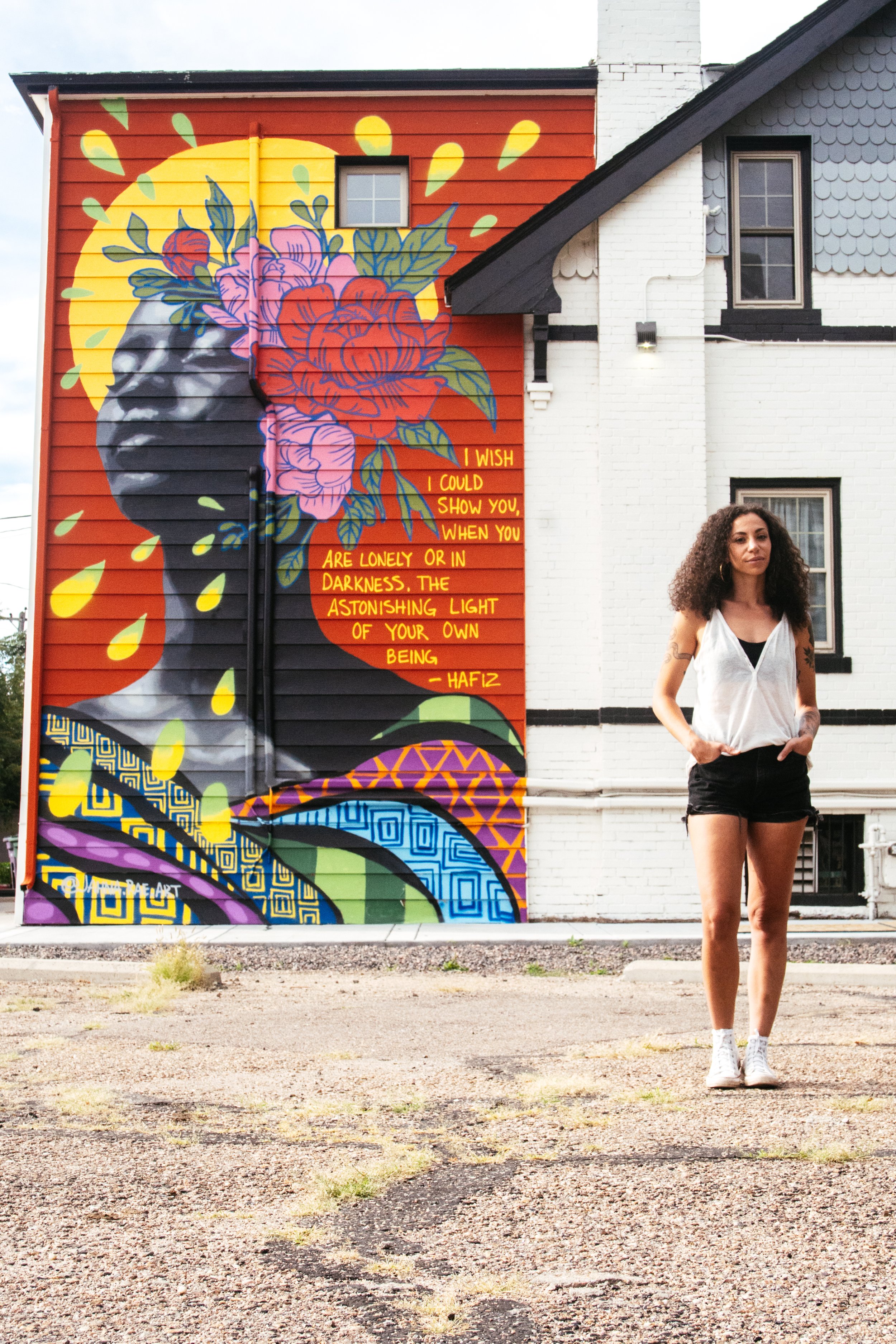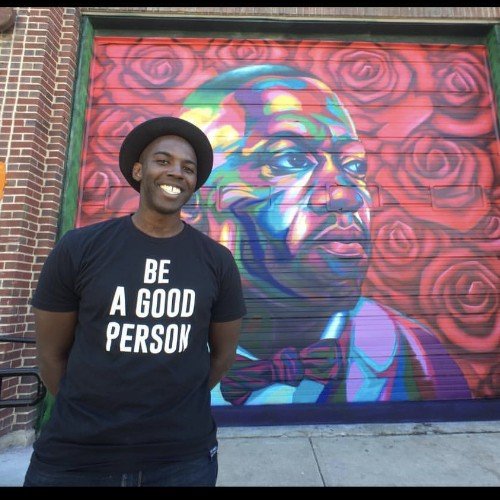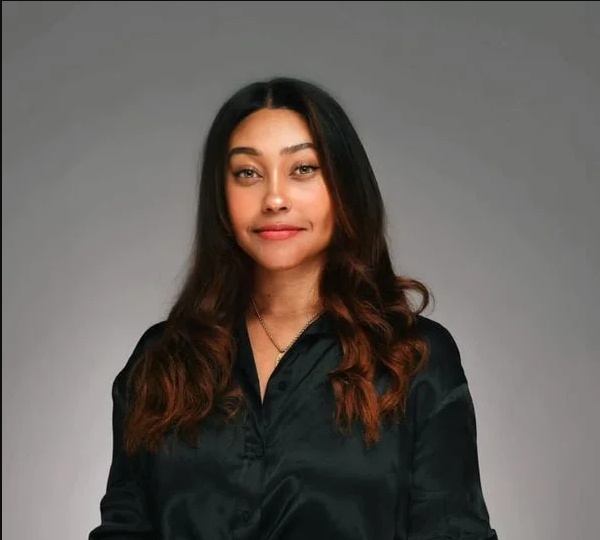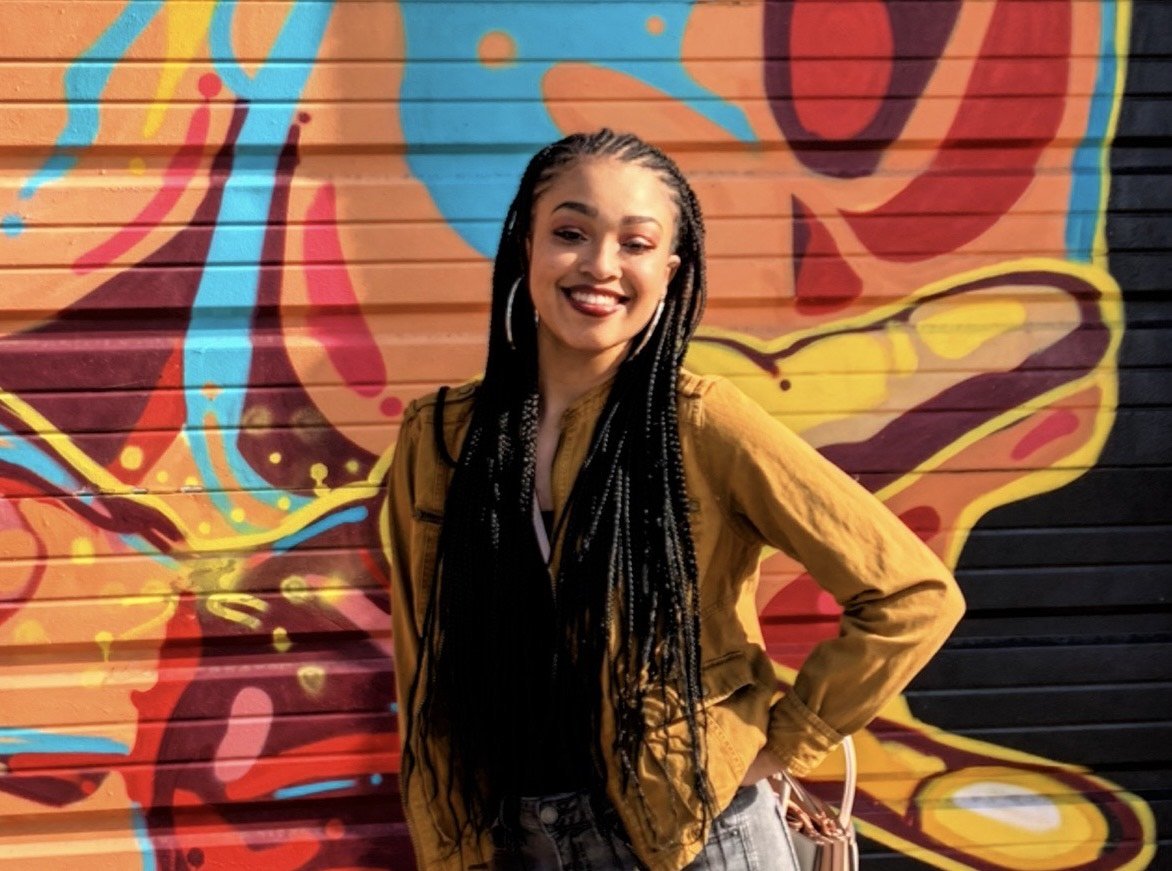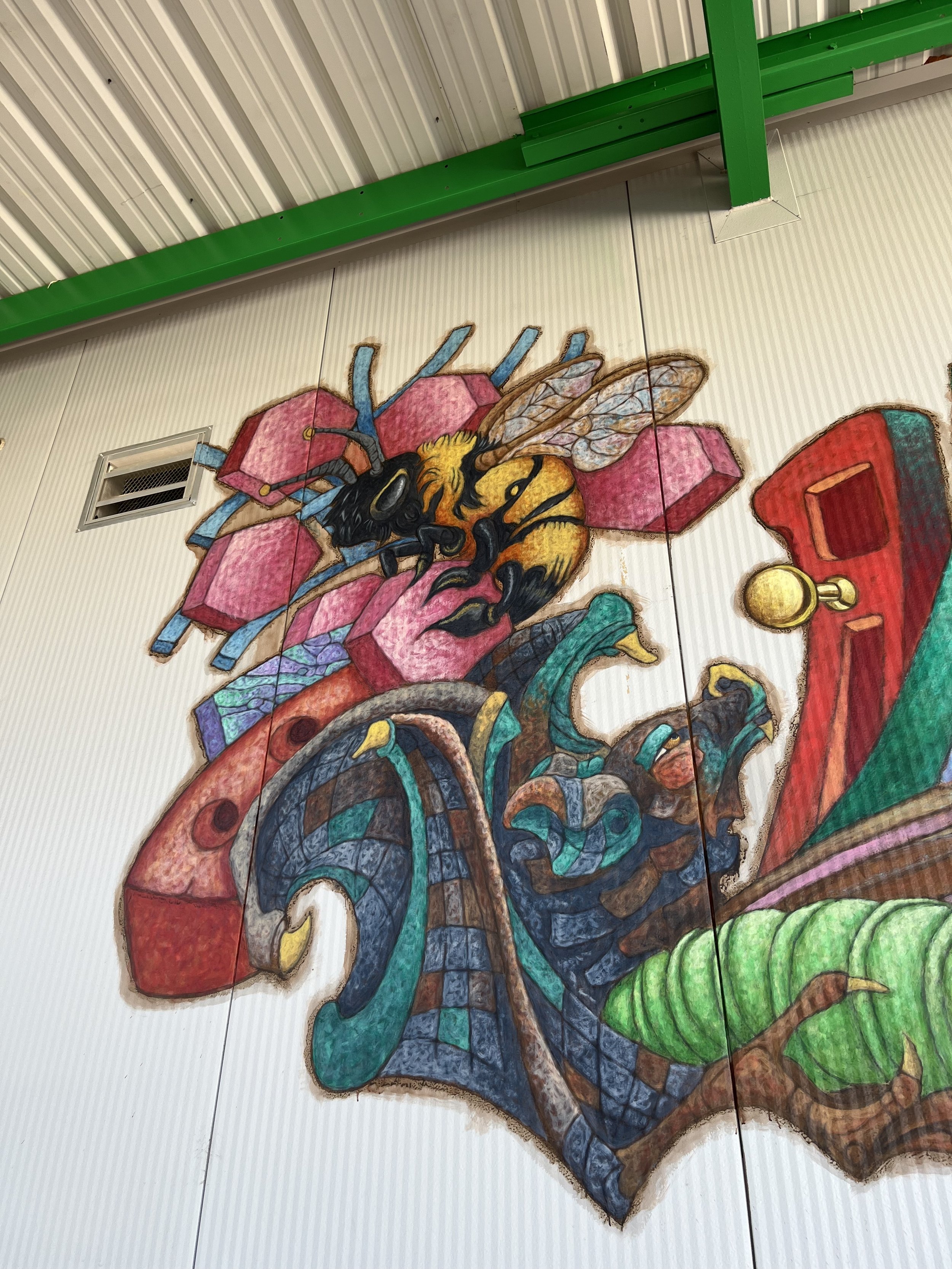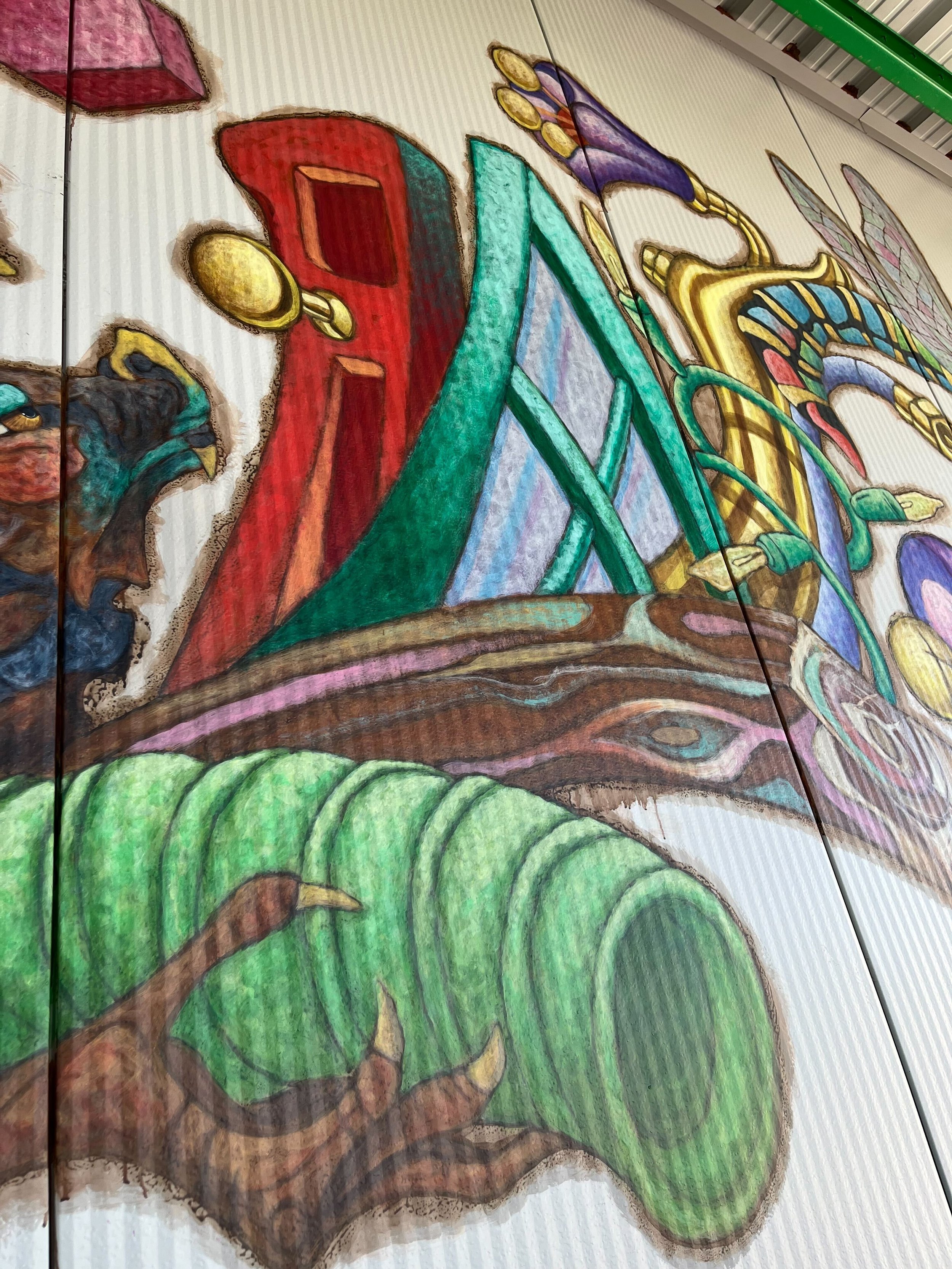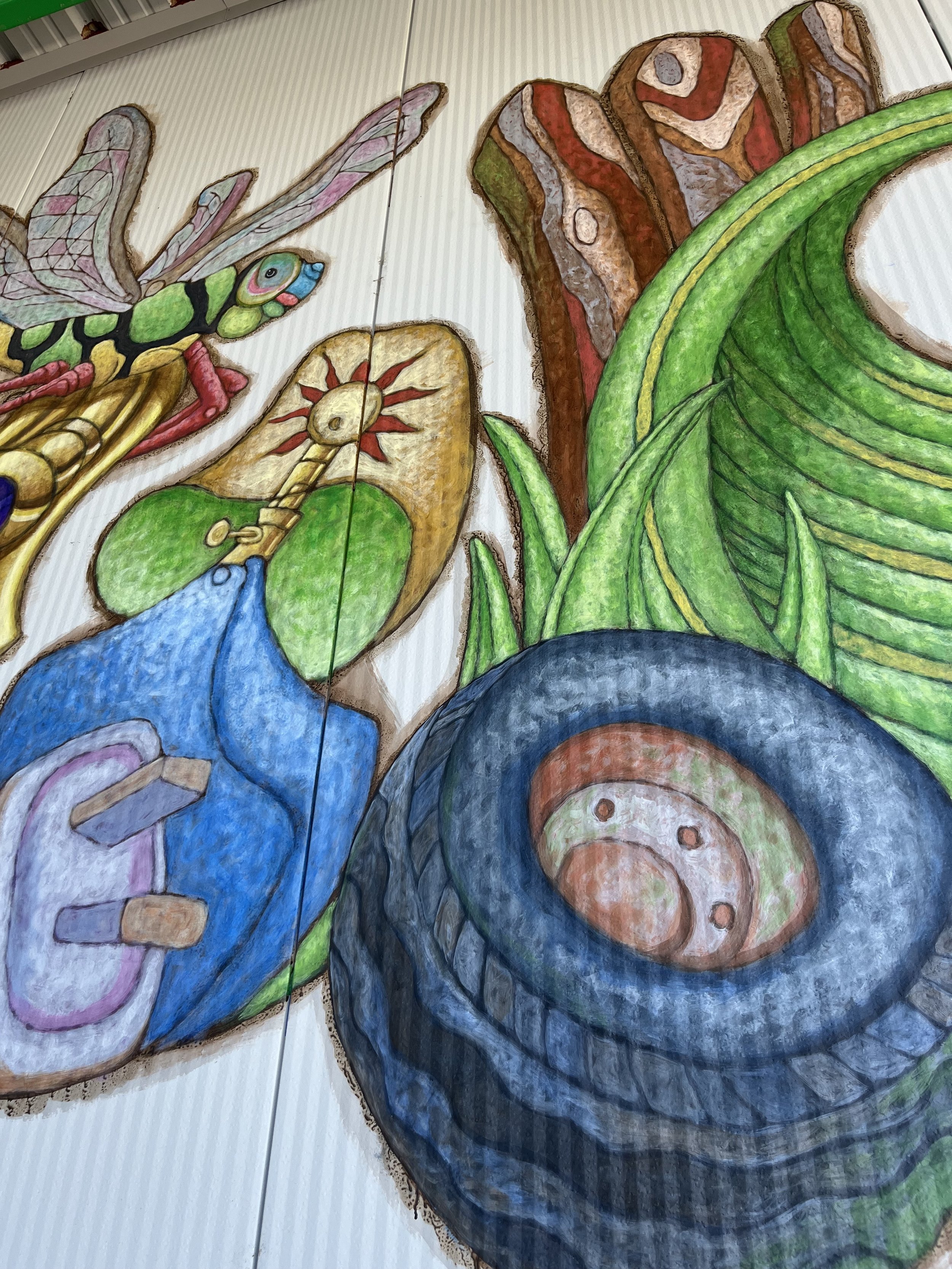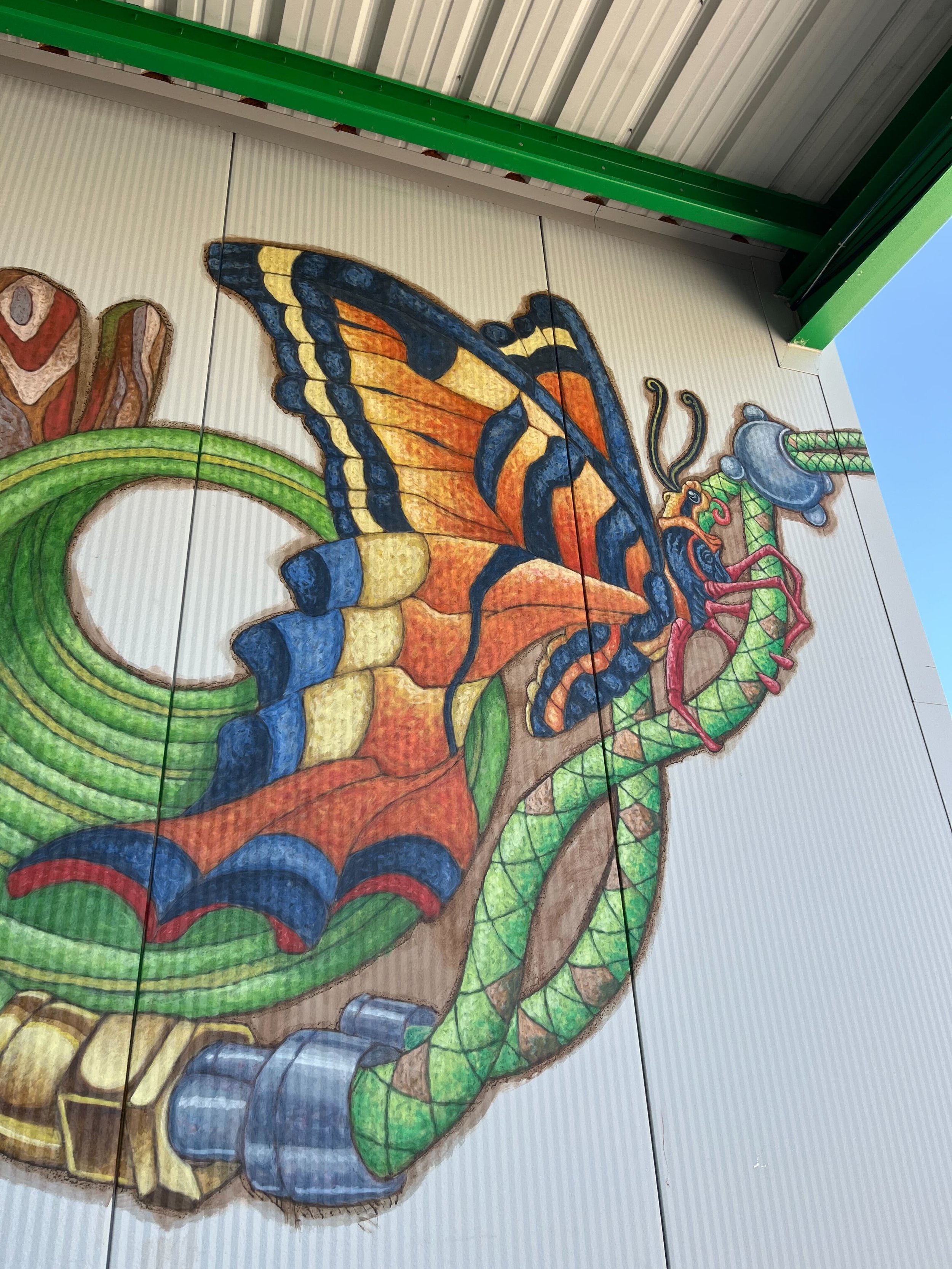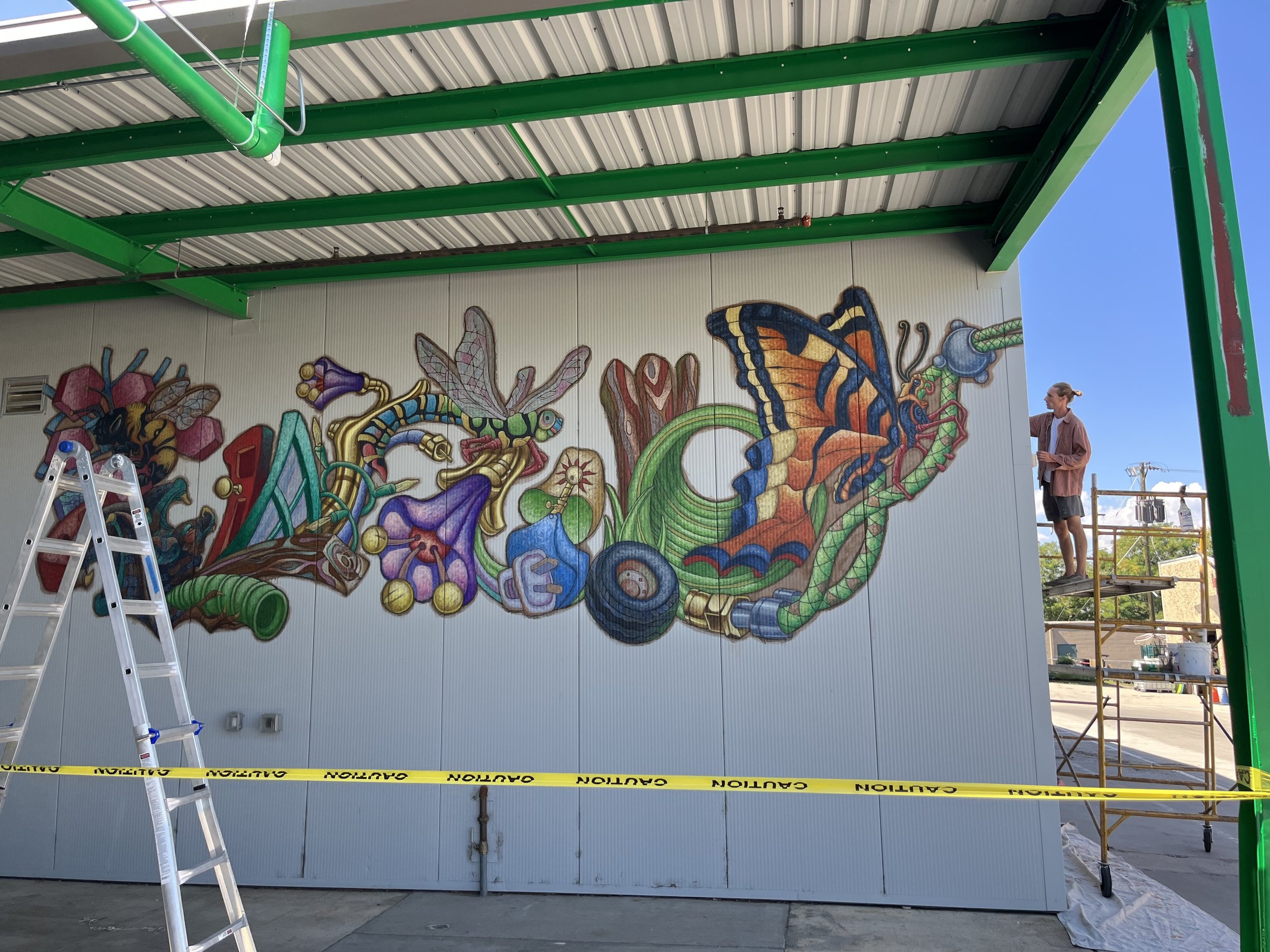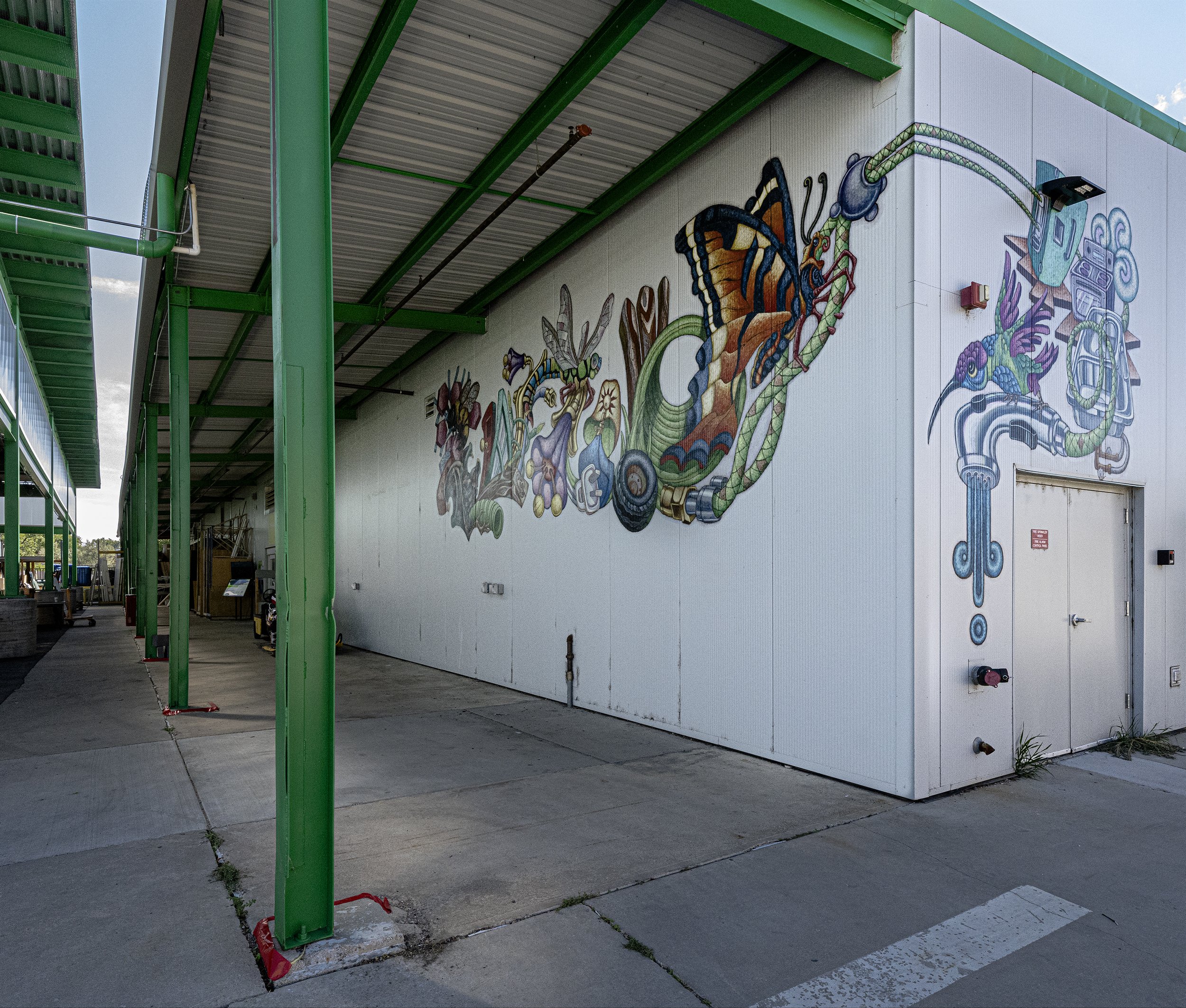Allyson Burbeck
I saw on your website that you talk about [this concept of] abstract imaginism and also how you view art as energy. Could you expand on that?
David Ocelotl Garcia
I believe that art is a manifestation of energy. I don't exactly know where the energy comes from. It's really the life force of our universe, our planet for sure, and it's connected to all of nature, everything that's alive. Being that it's a manifestation of energy, [art] could be very powerful and meaningful. It's a tool I use, an awareness that I have about creating. I think of any public piece that I make, whether it's a mural or sculpture, I see it as being alive and connected to this universal life force, this energy of art.
What's amazing about it is that it doesn't stop at visual art or arts in general. It drives everything that is creative, but it also drives everything that we might perceive as noncreative. Let's say you're a mathematician or scientist or a bookkeeper, [any role] actually involves a lot of creative energy. But we have decided to perceive art in specific ways throughout history and [we] didn't realize that it comes from the same creative energy. Artists are more in tune with this energy, which inspires them to create art. This energy really has an influence on our reality, on our daily lives, and thus could be very healing in some ways and very inspiring. [This] is why art is so important because it's not just creating something, but rather you're sharing energy that can be very positive. It's very important to, for one, know that it has energy, that it’s alive and, two, to experience it and accept and acknowledge that you are physically interacting with art, not just seeing it with your eyes.
Allyson Burbeck
What attracted you to this mural project at Resource Central?
David Ocelotl Garcia
I have some history in Boulder. I did a piece at the Dairy Arts Center quite a few years back, a mural piece that had to do with environmental awareness. That piece was called The Struggle of Mother Earth.
I've always been aware of Boulder in regard to not only the history and the school but also the community. It seems like the community in Boulder is in many ways aware of our natural environment. I've worked with many people from Boulder who are [environmental] activists. Interestingly, my work has a lot to do with the natural environment. It's very much the essence and fabric of my work the environment, all the animals. One of the things that I love to do with my work is explore the relationship that humans have with the natural environment, whether it's the plants, the animals, anything in between. This project at Resource Central is very much in line with that aspect [of my work], and so [I was interested in trying] to honor what this organization is doing and talk about it in my own way.
Allyson Burbeck
Would you tell me about the mural you created?
David Ocelotl Garcia
When I get curious about a project, it has a lot to do with the environment and the space. I get inspiration when I go to a place, my mind starts to explore the idea and…the reality of where I'm at. I was very inspired by the work [Reource Central] does repurposing all these materials that otherwise would get thrown away. I find that fascinating and really strong material to create a message and visuals. I [took] inspiration from the work they do, and the fact that they reuse things that don't need to be thrown away.
That's a social thing, but that also has a lot to do with the environment. I felt the idea in my mind [what] if these [materials] were just thrown into the forest, like how would the animals interact with these elements? Refrigerators, wheels, landscaping materials, wood, all these things. I was imagining if you were to throw that all in the forest, what would the animals do with it? Often in my work, I use a lot of metaphors and symbols. I was thinking of how this organization is reusing or repollinating, giving life to things that are no longer supposedly useful, like how pollinators in the natural environment go around pollinating flowers and trees and this and that.
The piece I created I called it Repollinators. I like that “re.” We can reuse this, repollinate. It’s an exploration of words. It symbolizes the actual process of animals as pollinators, but it is also symbolic to the organization that is reusing. In the mural, there's a series of pollinators that travel across the wall. There’s a bee, bat, dragonfly, butterfly, and hummingbird - those are the cast of characters. They're carrying…all the different materials in the scene, like [bathroom] tiles, or wood, or a door, or some kind of electrical thing. It's basically an abstraction of materials composed in a way that the pollinators can carry across the wall. Again, it's speaking about the idea that they're reusing this [material].
It's open for interpretation too, because everyone has a different reality. I'm curious to hear what some of the stories or what people see in there, how they perceive what [the pollinators are] doing, or what the mural is about.
Allyson Burbeck
I didn't even realize that bats were pollinators.
David Ocelotl Garcia
Yeah, they are pollinators. I'm fascinated by bats. I think they're beautiful. Besides Halloween, they don't have much of a reputation beyond that, but they are such important pollinators, along with other night creatures. They have bad media representation, oftentimes even negative. I purposely try to showcase bats because I think they're so cool and so creatively composed.
Allyson Burbeck
In the project brief, Resource Central wanted the mural to have themes of hope. Could you talk about that?
David Ocelotl Garcia
There's hope because of the work [Resource Central is] doing. It gives hope to the future, right? Because that's what hope is usually - it's about the future. I think one of the things as far as from my perspective is again showing, if you look at the mural, how any one of these pollinators - they're all generally small - could actually carry so much of this material. It's more of a metaphor because these little insects and little creatures can carry all this, [but it’s] also a burden that they have to carry all this when we just throw it away. We're putting all the work on them. The idea of the pollinators carrying all these is a metaphor for the future, like hope, that they have the strength but they need our help.
Allyson Burbeck
You’ve talked about your process for creating a mural and how you approach design. Do you have anything else to add about your mural-making process?
David Ocelotl Garcia
My mural process is something that I created myself because I never trained in creating art. I never went to college for art. Everything I learned has been on my own. I created not only my own style but also my own way of painting, specifically murals. I have my own palette, my own color scheme, and how I compose. The way I explain composition is like composing a piece of music. It's literally the same thing. It's composing your mural. It's a piece of music. You have to be aware of all the different things involved in creating a piece of music and which instruments can play certain things. Composition [of a mural] is a symphony of images instead of sound. That's very critical when I create murals - the placement, scale, how people can see it - those are all things that are involved with mural creation.
The content has a lot to do with my style of art. I consider myself a Native American. The symbols in my work have a lot to do with where I come from, where my family is from. I use all these [as] the DNA and fabric of my work. I’ve created many different murals for many different people, but it has to be genuine so that means that it's part of where I come from and my perspective. We all have our own reality, but we also have our own way of creating. In the world we live in right now, there's a lot of reproduction and things that are not genuine. It's a very critical time to create art that is meaningful, but also as genuine as the artist can make it.
Allyson Burbeck
Could you talk about how you envision how your public art affects a space, but also the larger community beyond that space?
David Ocelotl Garcia
Public art is literally that - it’s something that the public should be able to appreciate and engage with and that happens in many ways. Usually, it's visual. You engage visually with it. It's sculptural. It might be something you can touch. Either way, a mural, a public piece is alive. It's an amazing thing that someone can create something from nothing and give it life. Because it's alive, it grows like any plant would, any tree would. But it needs to be nourished and nurtured. It’s nurtured and nourished by the interaction of the public. Art is energy, murals are energy. It's your participation in viewing the mural, and it causing you to think of things. This is the transfer of energy from the person to the wall and vice versa. The more people interact with the artwork, the more it grows. It's important for an organization to have that, but also for the community because the act of engaging with the artwork elevates our creative energy, our creative capacity, which influences everything we do in our lives.
Allyson Burbeck
I never thought about it [like that]. I feel like when I view artwork, it definitely gives me energy, but I've never really thought of it as I'm also giving it energy back.
David Ocelotl Garcia
That's exactly what's happening. That's how it's able to grow. What's amazing is that it then shares that [energy] with the next person that comes to see it, and the next one. Can you imagine? How many people it can influence if that's the case? It’s a very beautiful thing that you could share. You [the viewer] think of an art piece [as] the artist created it, I might love it, I like interacting with it, but you don't think of it as you're also sharing with the artwork your energy, which then gets recycled, then goes back to the next person, and then [it] goes back and forth like that.
Allyson Burbeck
Again, you said recycled, like “re.”
David Ocelotl Garcia
It's exactly that. I think that's what Resource Central, this organization, they're doing what they are passionate about, but they're also [contributing energy]. It's all connected - this energy that we all can feel and that drives our daily lives. It's all part of the same formula. At some point in time, we've decided to disconnect things, but that's only in our minds. Physically [the energy exchange] is still there. We can disconnect mentally from things, but physically, that's not something you do easily.
Allyson Burbeck
I'm curious if there's anything else that you would want people to know about the project.
David Ocelotl Garcia
I hope people can start embracing the mural because it's not just for the organization. It’s also for the community. I hope that it can inspire the community and hope that it’s something that adds color and energy to their lives.
